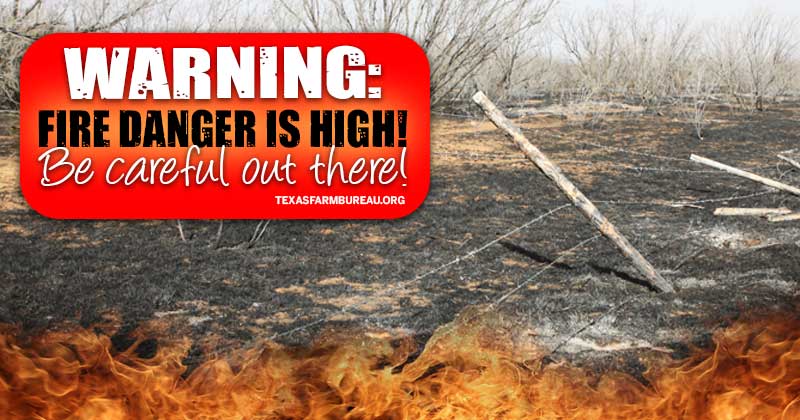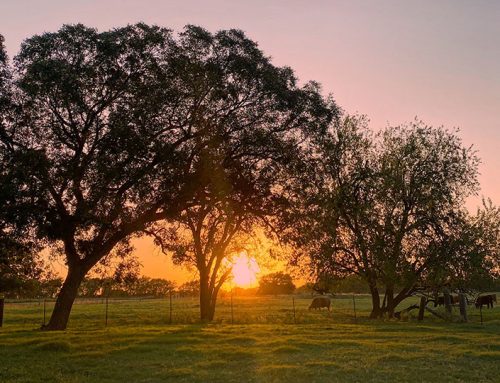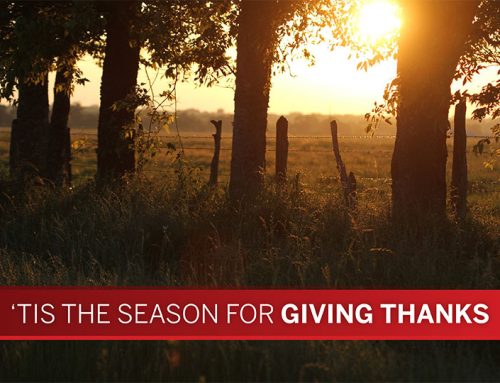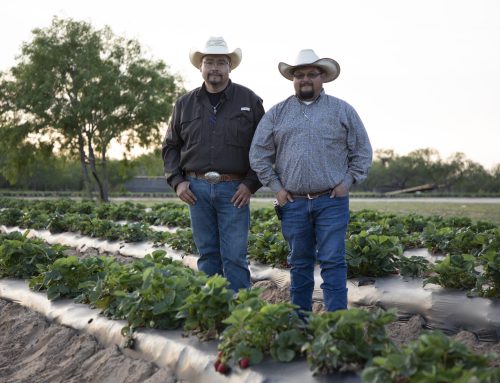By Julie Tomascik
Wind whips up the dust. Cracks stretch through the fields and pastures. It’s dry in Texas. And getting drier.
The majority of the state is impacted by drought, and parts of the Panhandle haven’t received any measureable rainfall in over 100 days.
News reports tell a scary tale. Fire danger is high in the Lone Star State, and there’s plenty of fuel to burn. The lush, green vegetation from last year now dry and dormant. Flames could lick the sky. Smoke fill the air. And fear can quickly set in. All within minutes.
More than 100 wildfires burned about 9,400 acres across Texas last week, according to the Texas A&M Forest Service.
It’s a vivid reminder of the massive wildfires last year in the Texas Panhandle that wiped out nearly half a million acres, destroying homes, property and killing livestock.
A cigarette carelessly thrown from a car window. One match. One small fire that gets out of control. All can spark a wildfire and potentially put farms, homes, businesses and families in a dangerous path.
But there’s more.
The dry, parched ground across Texas desperately needs rain as farmers prepare to plant their crops. That moisture plays a major role as the crops—like corn, sorghum, soybeans and more—get their start.
Stock tanks are also getting low, and winter grazing needs a drink to keep it growing.
Agriculture needs rain. Cities need rain. We all need rain.
Texas is like a tinderbox right now. So, get to know your local fire personnel and take action around your homes and barns with these tips from the Texas A&M Forest Service:
- Trim trees up to six to nine feet above the ground.
- Keep your grass mowed short.
- Move wood piles and debris away from buildings and structures.
- Don’t let safety chains drag with the trailer.
- Pay attention to the weather.
Fire risks will remain constant throughout the winter and early spring.
While the chances for rain remain slim, we must be extra careful and vigilant during this dry time. And pray that rain comes soon.











Leave A Comment